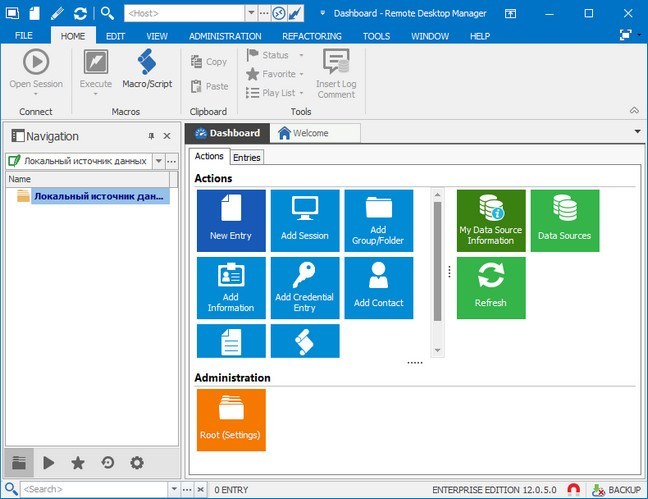
Create a REG_SZ value named RDCFileName and populate it with the fully qualified path to the application.Open or create the key HKEY_LOCAL_MACHINE\SOFTWARE\Policies\RSA\RSA Desktop\Local Authentication Settings."Partial," because it will break the use of native Remote Desktop Connection (mstsc.exe) on remote connections. Using a variant of the workaround in article 000033802 ( Microsoft Windows update MS16-101 breaks RDP from the RSA Authentication Agent 7.3.1 for Windows for all RSA challenged users) for this defect MIGHT provide a PARTIAL WORKAROUND in this case. SzLongNameBuff=C:\Program Files (x86)\Microsoft\Remote Desktop Connection Manager\RDCMan.exe Resolution Note that the fully qualified name of the application can be found in the SIDCredentialProvider(RDCMan).log in the call to Helpers::getModuleLongFilename, as shown in the log snippet below: Refer to AAWIN-2319 when asking your RSA sales contact about any work being done as an enhancement for this. Put these three pieces together and supporting the Remote Desktop Connection Manager will require an enhancement to the Windows authentication agent.RSA Product Management for the Windows authentication agent did not require that the agent support RDP authentication through any client other than the native Remote Desktop Connection application (mstsc.exe).Based on a very brief investigation, it appears to be available ONLY as an x86 application, based on agent logs where mstsc.exe was called instead of RDP.Remote Desktop Connection Manager is a stand-alone application from Microsoft that runs on a variety of Windows operating systems.The critical differences between Remote Desktop Connection Manager and either mstsc.exe or CredentialUIBroker.exe are:

For example, SIDAuthenticator(RDCMan).log, SIDCredentialProvider(RDCMan).log and other logs with RDCMan in the name that indicate that Remote Desktop Connection Manager is being called, therefore the fix is to set the registry setting to use Remote Desktop Connection Manager.


 0 kommentar(er)
0 kommentar(er)
